Quinoa: The Golden Grain of the Andes Takes the World by Storm
Monday March 04, 2024 | Travel Tips | Posted by Team About Cusco
In Cusco, in the heart of the Andes, ancient traditions and modern superfoods coalesce. Have you heard of Quinoa before? You sure have. But did you know that it comes from the Andes? Let’s delve into the fascinating world of quinoa, the golden grain that has been a staple in South America for over 4,000 years. As we explore Cusco, we uncover the historical significance, nutritional wonders, and the global impact of this sacred crop: Quinoa: The Golden Grain of the Andes.
What is Quinoa: Quinoa is a staple in the traditional Andean diet, and its cultivation continues to play a significant role in the agricultural practices of the local communities. The crop’s adaptability to the high-altitude conditions of the Andes makes it a valuable and sustainable food source in the region.
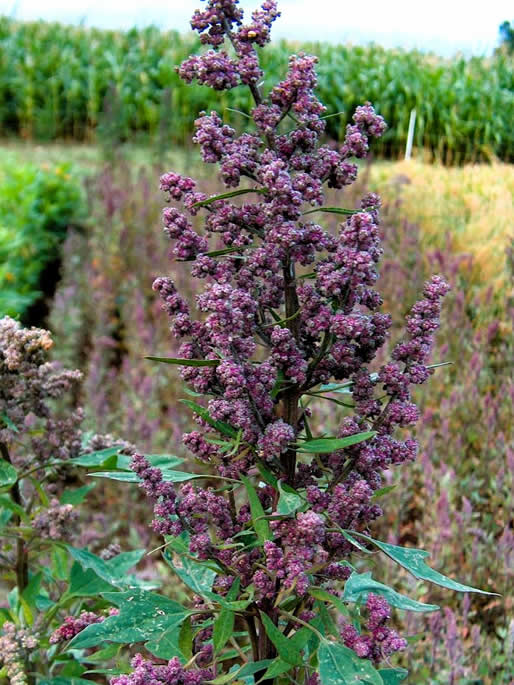
Superfood Status: In recent years, quinoa has earned the title of a superfood, a term acknowledging its exceptional health benefits. Although nutrition experts may not universally use this term, the high protein content, along with magnesium and iron, makes quinoa a nutritional powerhouse. NASA even considers it a potential crop for long-term space missions due to its easy digestibility.
Quinoa in Inca Culture: Quinoa, known as ‘the mother of all grains’ or Chisaya Mama in Quechua, held a sacred place in Inca culture. The Incas revered quinoa for its nutritional richness, and every season, the emperor ceremoniously sowed the first seeds. Despite the Spanish colonial era attempting to diminish its importance, quinoa persisted in the Andean region.
What does Quinoa look like? Quinoa is a small, round seed that is typically about the size of a grain of rice. It has a flat, oval shape and a tiny “tail” that curls around the seed when cooked. Quinoa seeds can vary in color, with the most common varieties being white, red, and black. The color is mainly determined by the specific type of quinoa plant. Types of Quinoa ad color varieties:
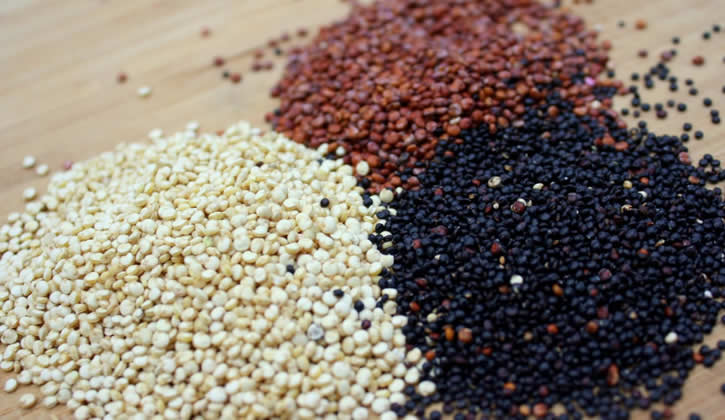
- White Quinoa: This is the most widely available and commonly used type. It has a light color and a mild, slightly nutty flavor.
- Red Quinoa: Red quinoa has a darker color and a slightly richer taste compared to white quinoa. It also retains its shape and a firm texture when cooked.
- Black Quinoa: Black quinoa has a deep, dark color and a slightly sweeter, earthy flavor. Like red quinoa, it holds its shape well during cooking.
When uncooked, quinoa seeds have a natural coating called saponin, which can taste bitter. Most commercially available quinoa is pre-rinsed to remove this coating, but it’s a good practice to give it an additional rinse before cooking to ensure optimal flavor. Cooked quinoa has a light and fluffy texture, making it a versatile ingredient in various dishes.
Cultivation and Harvesting: Unlike many crops, quinoa’s vulnerability and variability necessitate hand harvesting rather than machinery. Precise timing is crucial, as the grains mature at different rates. This meticulous process ensures minimal loss of unripe seeds. After harvest, the grains are dried, stored, and later processed.
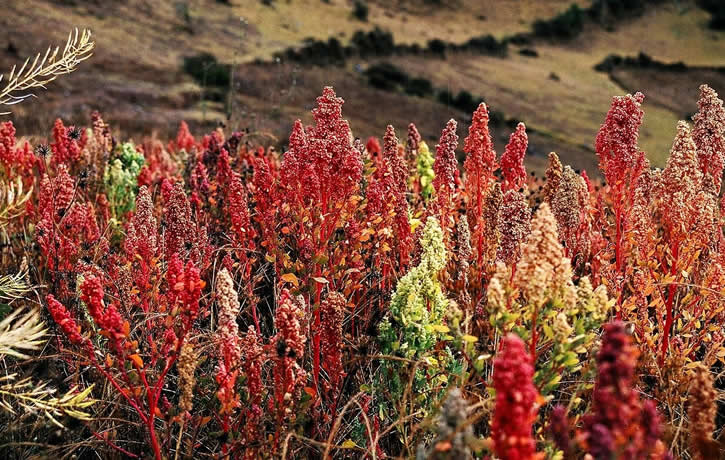
International Recognition: In 2013, the United Nations declared it the ‘International Year of Quinoa‘ to highlight its nutritional value and its potential role in global food security. As awareness grew outside South America, so did the demand and, subsequently, the price. This surge prompted Western countries, including the Netherlands, to start their quinoa production, hoping to make it more accessible.
Global Impact: While the rise in popularity has made quinoa more expensive for its long-standing consumers in South America, the increased global production is expected to stabilize prices. European countries are also joining the quinoa revolution, experimenting with their cultivation. It appears that this traditional Inca food has finally transcended its historical roots to become a staple worldwide.
How to use Quinoa
Peruvians use quinoa in a variety of traditional dishes, incorporating this nutritious grain into both savory and sweet culinary creations. Here are some popular Peruvian dishes where quinoa takes center stage:
- Quinoa Salad (Ensalada de Quinoa): A refreshing and nutritious salad featuring cooked quinoa mixed with colorful vegetables such as tomatoes, cucumbers, and bell peppers. The salad is often dressed with a zesty lime vinaigrette.
- Quinoa Soup (Sopa de Quinua): A comforting soup made with quinoa, vegetables, and sometimes meat or poultry. It’s a hearty dish, perfect for warming up on chilly Andean evenings.
- Quinoa Stuffed Peppers (Ají Relleno de Quinoa): Bell peppers filled with a flavorful mixture of quinoa, vegetables, and sometimes ground meat. This dish is then baked until the peppers are tender.
- Quinoa and Vegetable Stir-Fry (Salteado de Quinoa y Verduras): Quinoa is stir-fried with an assortment of fresh vegetables, creating a quick and nutritious meal. It can be seasoned with Peruvian spices for an extra kick.
- Quinoa Pudding (Arroz con Quinua): A sweet treat made by cooking quinoa with milk, sugar, and spices until it reaches a creamy consistency. It’s a delightful dessert enjoyed across Peru.
- Quinoa Bread (Pan de Quinua): Quinoa flour is used to make bread, adding a nutty flavor and boosting the nutritional content. It’s a healthier alternative to traditional wheat bread.
- Quinoa Pilaf (Quinua Pilaf): Quinoa cooked with a mix of vegetables, herbs, and sometimes legumes or meat. It’s a versatile side dish that complements various main courses.
- Quinoa and Vegetable Casserole (Pastel de Quinua): A baked casserole combining quinoa, vegetables, and cheese. It’s a wholesome and filling dish often served at family gatherings.
- Quinoa Breakfast Bowl (Bowl de Desayuno con Quinua): Cooked quinoa served as a breakfast bowl, topped with fresh fruits, nuts, and a drizzle of honey or yogurt. It provides a nutritious start to the day.
- Quinoa Empanadas (Empanadas de Quinua): Quinoa is incorporated into the filling of these savory turnovers, along with ingredients like cheese, vegetables, or meat.
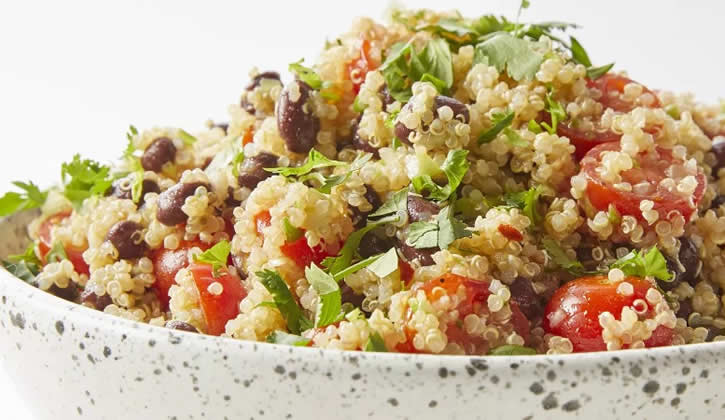
These dishes showcase the versatility of quinoa in Peruvian cuisine, where it is cherished for its nutritional benefits and adaptability to various flavor profiles.
Where is Quinoa grown? Quinoa is grown in various regions around Cusco and its surroundings in Peru. The Sacred Valley is one of the prominent areas where quinoa cultivation takes place. The high-altitude and favorable climate of the Andean region contribute to the successful cultivation of quinoa.
Here are some key points regarding the cultivation of quinoa in Cusco and its surroundings:
- Sacred Valley: The Sacred Valley of the Incas, situated between Cusco and Machu Picchu, is known for its fertile land and agricultural activities. Local farmers in the Sacred Valley cultivate quinoa along with other traditional crops.
- Andean Highlands: Quinoa is well-suited to the high-altitude regions of the Andes, and Cusco is surrounded by the Andean highlands. The terraced fields in these areas provide an ideal environment for the cultivation of quinoa.
- Local Farms: Many local farmers in the Cusco region, as well as in neighboring areas, grow quinoa on small family farms. These farms contribute to both the local consumption of quinoa and its availability for broader markets.
Conclusion:
As you explore the vibrant streets of Cusco, don’t miss the opportunity to savor quinoa in its place of origin. The golden grain of the Andes has not only withstood the test of time but is now enriching diets around the globe. Immerse yourself in the history, culture, and nutritional wonders of quinoa as you embark on your culinary journey in Cusco.
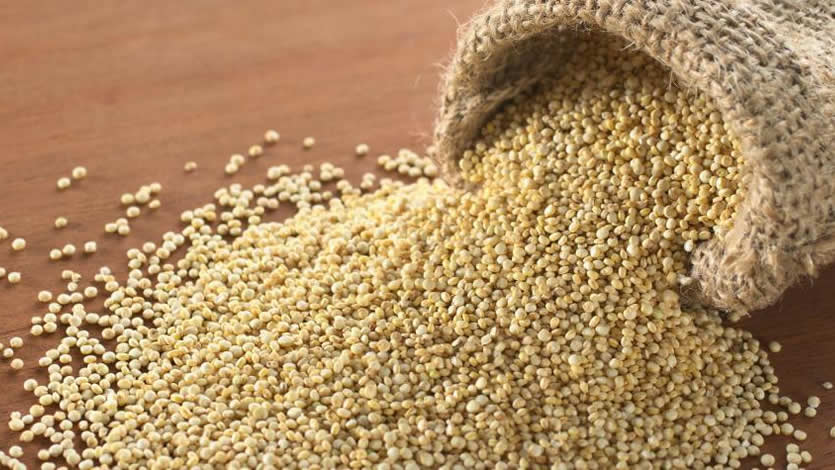
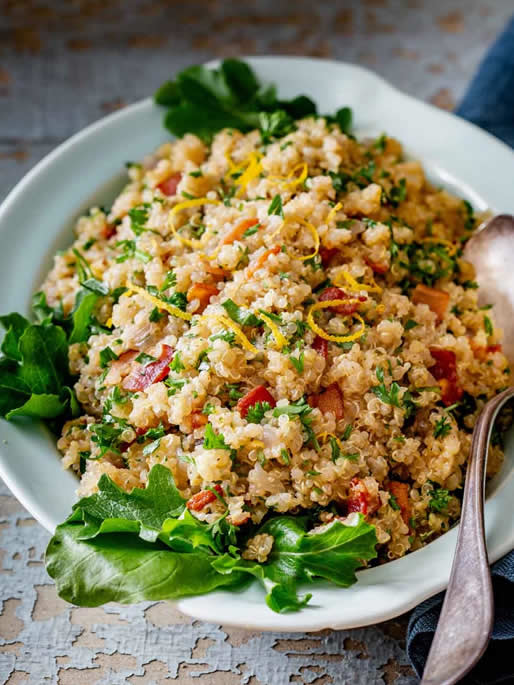
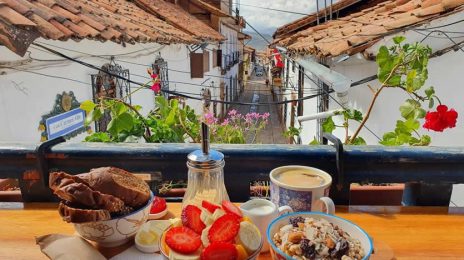
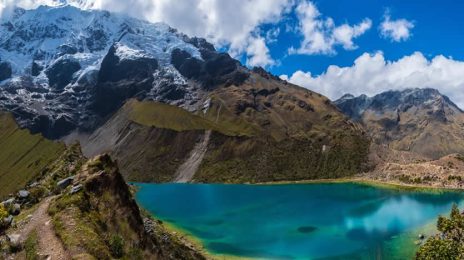
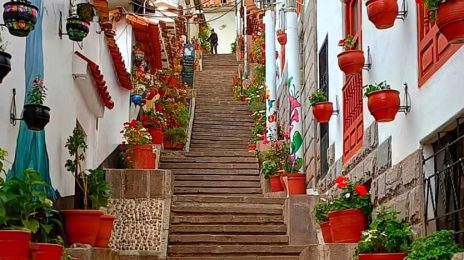
Leave a Reply